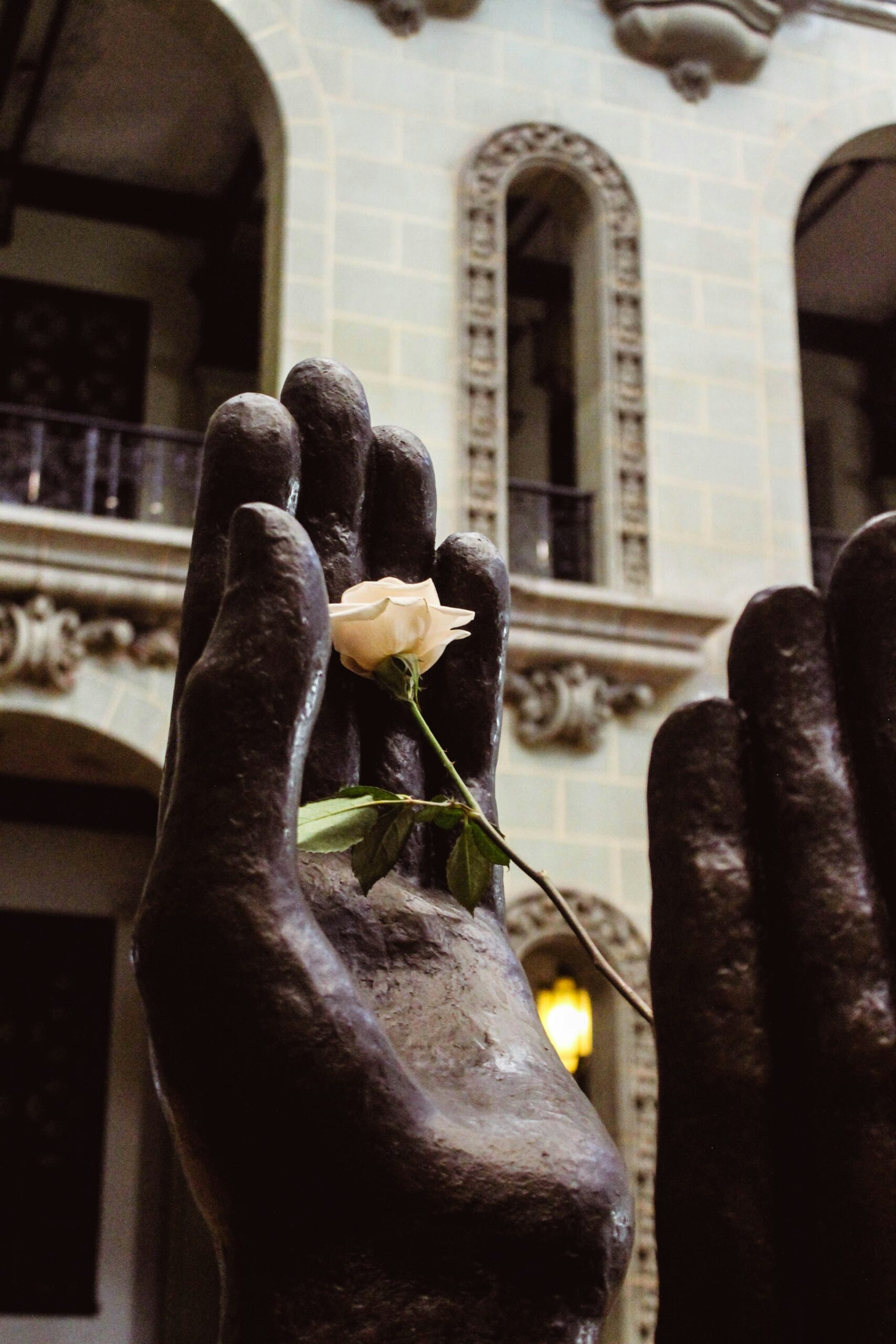In the ever-evolving world of body art, tattoos have transcended their modern aesthetic appeal, becoming powerful symbols of cultural identity and historical preservation. Across the globe, indigenous communities are reclaiming their tattooing practices as a means of reconnecting with their heritage, passing on stories, and fostering a sense of belonging. Here’s a look at how this cultural revival is manifesting in various parts of the world, with popular real-life examples.
Polynesia: The Legacy of Tatau
Polynesian tattoos, known as tatau, are among the most iconic forms of body art. These intricate designs, filled with geometric patterns and motifs, symbolize status, genealogy, and achievements.
In Samoa, the traditional pe’a (a male tattoo covering the body from waist to knees) and the malu (a similar design for women) are being revitalized. Renowned tattoo artist Sulu’ape Steve Looney has been instrumental in promoting the cultural significance of tatau. His studio not only tattoos Samoan designs but educates clients about their deep-rooted meanings, fostering respect for Polynesian heritage.
Maori: Ta Moko as a Marker of Identity
For the Maori people of New Zealand, ta moko is more than decoration; it’s a sacred rite. These tattoos, often on the face, convey ancestry, social status, and personal achievements.
Te Puia Marae, a cultural center in Rotorua, has embraced ta moko as a tool for cultural education. By integrating live demonstrations of ta moko into their programs, they teach younger generations and visitors about its significance. Prominent individuals like Maori politician Nanaia Mahuta, who proudly wears a chin moko (kauae), are challenging stereotypes and inspiring others to embrace their roots.
Native Americans: Reviving Tribal Marks
In North America, many Native tribes used tattoos to mark rites of passage, achievements, and spiritual beliefs. These practices, largely suppressed during colonization, are now making a comeback.
The Bear Clan Tattoo Collective in Canada is a leading force in this revival. This group of indigenous artists focuses on bringing traditional designs, such as Haida and Inuit motifs, back into the community. Their work not only revives lost traditions but also helps indigenous youth connect with their heritage.
The Philippines: The Art of Kalinga Tattoos
In the remote mountains of the Philippines, 106-year-old Apo Whang-Od has become a global icon for her mastery of traditional batok tattoos. Using a thorn and charcoal, she creates intricate patterns that tell stories of bravery, community ties, and natural elements.
As one of the last practitioners of this ancient technique, Whang-Od has trained her grandnieces to ensure the survival of the craft. Tourists from around the world travel to Kalinga to receive tattoos from her, bringing attention and reverence to this dying art form.
Alaska: Inuit Skin Stitching Revival
For the Inuit people, tattoos were traditionally applied through skin stitching, a method that involves threading ink into the skin using needles. These tattoos, often placed on the face and hands, symbolized life milestones and spiritual beliefs.
Artists like Holly Mititquq Nordlum are reviving this ancient technique, offering workshops and educating people about its cultural importance. Nordlum’s work is not just about tattoos but about healing the intergenerational trauma caused by colonization.
Why This Revival Matters
The resurgence of traditional tattooing practices serves as more than just an artistic trend; it’s an act of resistance against cultural erasure. By reclaiming these traditions, indigenous communities are safeguarding their histories, reinforcing their identities, and inspiring future generations.
Tattooing has always been a form of storytelling, and these cultural revivals remind us of the rich narratives etched into the skin of humanity. From the islands of Polynesia to the Arctic tundra, the ink is not just pigment—it’s a lifeline to the past and a beacon for the future.
This global movement highlights how tattoos can transcend personal expression, becoming a collective celebration of culture and heritage.



